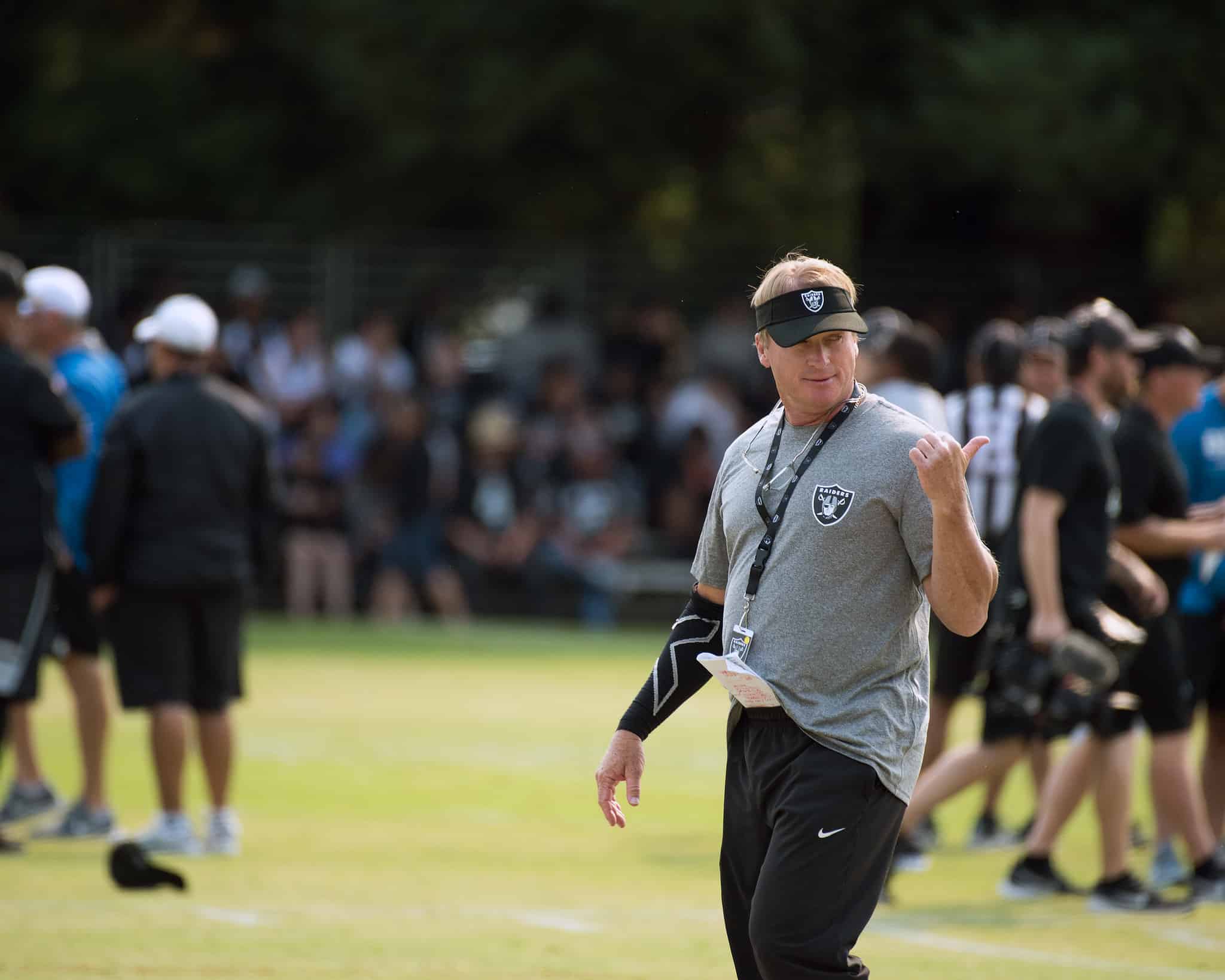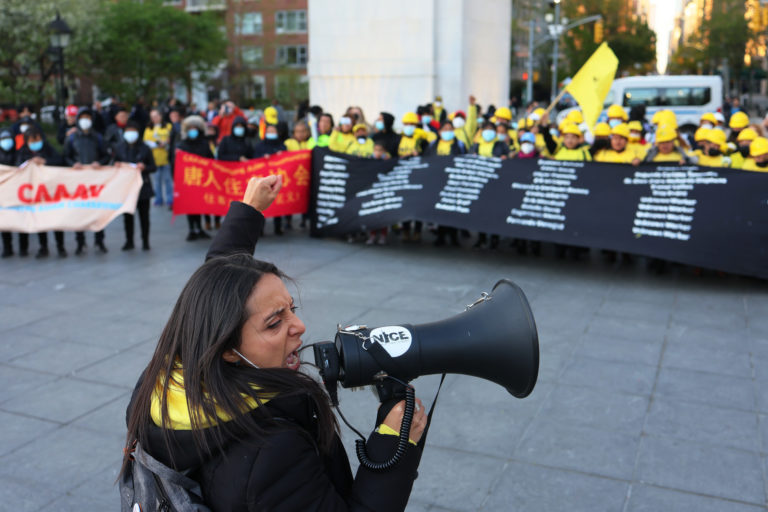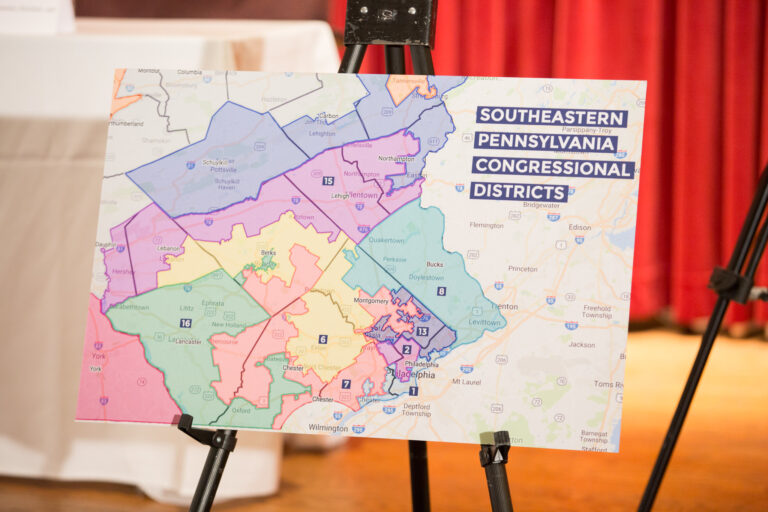
Andrew Strom is a union lawyer based in New York City. He is also an adjunct professor at Brooklyn Law School.
When I talk to union organizers, I often remind them that labor law is full of traps for the unwary, and the recent resignation of Las Vegas Raiders’ head coach Jon Gruden reminded me of one of those traps. Gruden resigned in the wake of revelations that he had sent e-mails containing racist, sexist, and homophobic comments. Gruden’s resignation made me think about the players that Gruden coached, and by contrast, how much more appealing it would be to play for someone like Los Angeles Chargers’ head coach, Brandon Staley, who responded to Gruden’s resignation by reaffirming his commitment to “kindness and lifting people up.” The trap for the unwary is that, even though the identity of your supervisor has such a major, and obvious effect on your job experience, labor law only protects actions in support or opposition to a particular supervisor if a panel of judges decides that the protest is “reasonable.”
Perhaps the most egregious example of this principle in action is a 1998 Seventh Circuit case called Bob Evans Farms, Inc. v. NLRB. In Bob Evans, workers at a restaurant counted on one assistant manager, Diane Gorrell, to help them resolve their workplace grievances. The court described Gorrell as “a self-appointed mediator of employee grievances and a successful one at that.” When Gorrell was fired, fifteen employees walked off the job at the start of a busy Friday evening shift in protest. The court conceded that it was quite likely that Gorrell’s firing would make the employees’ working conditions worse. Since the National Labor Relations Act protects the rights of workers to engage in concerted activities for mutual aid and protection, this should have been an easy case. But, relying on a series of poorly reasoned circuit court decisions, the Bob Evans panel decided that the walkout was unprotected because the workers’ method of protest was “unreasonable.”
Without citing any text in the statute to support their conclusion, the Bob Evans judges declared that “the Act does not protect employees who protest a legitimate grievance by recourse to unduly and disproportionately disruptive or intemperate means.” What makes this court-invented doctrine especially pernicious is that if the workers had chosen to engage in a less disruptive protest, by collectively refusing to perform certain tasks, then their action would be deemed an unprotected partial strike. And, as the Bob Evans decision makes clear, once workers lose the Act’s protection, a court will never step in to provide a remedy to workers where management’s response to their protest is itself unreasonable.
In 2007, the Fourth Circuit endorsed the reasoning of the Bob Evans court in Smithfield Packing Co. Inc. v. NLRB. The Fourth Circuit suggested that workers might retain the protections of the NLRA if they write a letter to management complaining about a supervisor, but striking over the issue simply goes too far. To the Fourth Circuit, the alternative would be a “CEO-by-committee approach whereby employees could control the hiring and firing of their managers by walking out over every managerial change.” Of course, the mere fact that workers might have the right to strike over the identity of their supervisor does not mean that they would exercise it on a regular basis. Sixty years ago, in NLRB v. Washington Aluminum, the Supreme Court acknowledged that workers have the right to strike over any issue regarding their terms of employment without regard to whether the decision to strike is reasonable. Yet, despite that decision, workers are not walking out on a regular basis to protest their grievances.
One way that courts go off the rails in labor law decisions is by equating non-union workplaces with unionized workplaces. Once an employer recognizes a union as the workers’ bargaining agent, certain rules apply. Some subjects of bargaining are mandatory, while others are merely permissive. It follows that if an employer’s choice of supervisors is not a mandatory subject, then a union cannot go on strike to demand that the employer reinstate a particular supervisor. But, in a non-union workplace, there are no issues that employers are required to bargain about. If workers can’t bargain over workplace rules or discipline, it’s no wonder that they focus so much on the identity of their supervisor. Similarly, the prohibition on partial strikes stems, in part, from the fact that in a unionized workplace, an employer can’t unilaterally change terms and conditions, and the NLRB has described partial strikes as workers attempting to unilaterally impose terms on their employer. But, again, in a non-union workplace, there is no prohibition on employers making unilateral changes, so there is no justification for preventing workers from engaging in their own unilateral action.
Labor law can recognize that an employer should have the prerogative to choose its own management team without authorizing employers to punish workers who strike either to protest an abusive supervisor or to retain a respectful supervisor. For example, the law could be that when unrepresented workers strike over the identity of their supervisor, the employer must first offer to negotiate over any underlying grievances before retaliating against the strikers. So, in a case like Bob Evans, where the employer responded to the walkout by calling the police to order the workers to leave the property, the employer would have lost any right to punish the workers. I can imagine a world where workers understand which issues they have a right to strike over and which strike issues will get them fired. In that world, you can be sure that workers would adjust their demands accordingly. Instead, we live in a country where labor law acts as a game of “gotcha,” springing traps for unsuspecting workers.










Daily News & Commentary
Start your day with our roundup of the latest labor developments. See all
December 21
Argentine unions march against labor law reform; WNBA players vote to authorize a strike; and the NLRB prepares to clear its backlog.
December 19
Labor law professors file an amici curiae and the NLRB regains quorum.
December 18
New Jersey adopts disparate impact rules; Teamsters oppose railroad merger; court pauses more shutdown layoffs.
December 17
The TSA suspends a labor union representing 47,000 officers for a second time; the Trump administration seeks to recruit over 1,000 artificial intelligence experts to the federal workforce; and the New York Times reports on the tumultuous changes that U.S. labor relations has seen over the past year.
December 16
Second Circuit affirms dismissal of former collegiate athletes’ antitrust suit; UPS will invest $120 million in truck-unloading robots; Sharon Block argues there are reasons for optimism about labor’s future.
December 15
Advocating a private right of action for the NLRA, 11th Circuit criticizes McDonnell Douglas, Congress considers amending WARN Act.